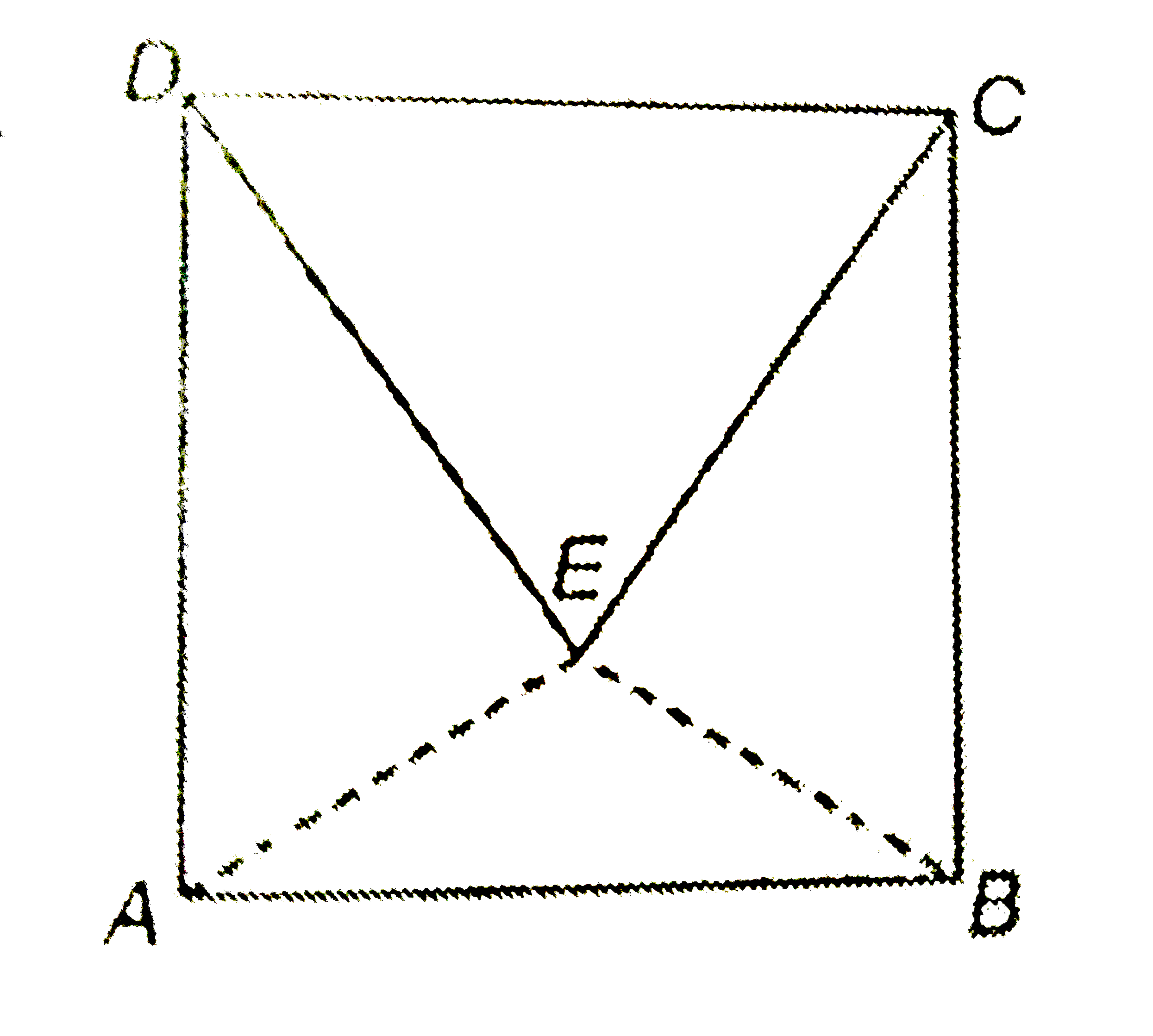The given figure shows a square ABCD and an equilateral triangle ABP. Calculate:

The correct Answer is:
Step by step video, text & image solution for The given figure shows a square ABCD and an equilateral triangle ABP. Calculate: anglePCD by Maths experts to help you in doubts & scoring excellent marks in Class 9 exams.
Updated on:21/07/2023Topper's Solved these Questions
- RECTILINEAR FIGURESBOOK - ICSECHAPTER - RECTILINEAR FIGURESEXERCISE - Exercise 14(C )
28 Videos
- RECTILINEAR FIGURESBOOK - ICSECHAPTER - RECTILINEAR FIGURESEXERCISE - POLYGONS - 3 MARKS QUESTIONS
5 Videos
- RECTILINEAR FIGURESBOOK - ICSECHAPTER - RECTILINEAR FIGURESEXERCISE - Exercise 14(B) (true/false)
10 Videos
- RATIONAL AND IRRATIONAL NUMBERS BOOK - ICSECHAPTER - RATIONAL AND IRRATIONAL NUMBERS EXERCISE - EXERCISE 1 (D)
21 Videos
- SIMULTANEOUS EQUATIONSBOOK - ICSECHAPTER - SIMULTANEOUS EQUATIONSEXERCISE - EXERCISE 6 (G)
13 Videos
Similar Questions
The given figure shows a square ABCD and an equilateral triangle ABP. Calculate:

∠BPC
View SolutionThe given figure shows a square ABCD and an equilateral triangle ABP. Calculate:

∠AOB
View SolutionThe given figure shows a square ABCD and an equilateral triangle ABP. Calculate:

reflex ∠APC
View SolutionThe given figure shows a square ABCD and an equilateral triangle ABP.

Calculate :
(i) ∠AOB
(ii) ∠BPC
(iii) ∠PCD
(iv) reflex ∠APC
View SolutionThe give figure shows a square ABCD and an equilayeral teiangle APB. Calculate :
(1)∠AOB(ii)∠BPC(iii)∠PCD(iv)reflex∠APC

View SolutionThe following figure shows a square ABCD and an equilateral triangle DCE. Prove that :
(i) ∠ADE=∠BCE=150∘
(ii) ΔADE≅ΔBCE
(iii) AE=BE

View SolutionThe adjoining figure shows a square ABCD and an equilateral triangle DEC. Prove that :
(i) ∠ADE=∠BCE=30∘
(ii) ΔADE≅ΔBCE

View SolutionThe given figure shows a rhombus ABCD. Find x and y

View SolutionThe given figure shows a right angled triangle ABC and an equilateral triangle BCD.
Find the area of the shaded portion.

View SolutionIn the adjoining figure, ABCD is a square and PAB is an equilateral triangle. Find :
(i) ∠APD
(ii) ∠PDC
(iii) ∠DPC
(iv) Prove that DP=CP

View Solution
